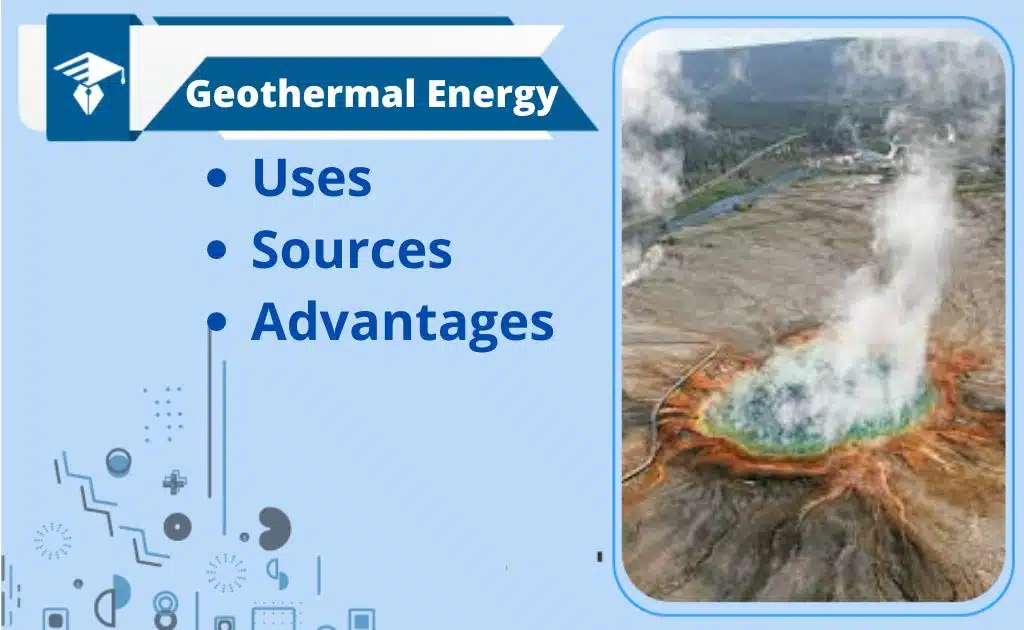What is a Non-Renewable Resource?-Definition, And Types
A finite resource, also known as a non-renewable resource, is a natural resource that can’t be replaced quickly enough to keep up with consumption.
What is a Non-Renewable resource?
Coal, natural gas, oil, and nuclear energy are all nonrenewable energy resources. Once these resources are used up, they can’t be replaced, which is a major problem for humanity, as we are currently dependent on them to supply most of our energy needs.
Types of non-renewable resources
There are many non-renewable resources. some of them are explained below.
Earth minerals
Non-renewable resources include the earth’s minerals and metal ores. Natural geological processes, such as heat, pressure, organic activity, weathering, and other processes, are enough to make it economically viable to extract metals from vast amounts of Earth’s crust.
The processes take from tens of thousands to millions of years through plate tectonics, tectonic subsidence, and crustal recycling. There are deposits of metal near the surface which are non-renewable in human time-frames.
Some rare earth minerals and elements are more difficult to find than other elements. These are in high demand in manufacturing and the electronics industry.
Fossil Fuel
Natural resources such as coal, petroleum, and natural gas can take thousands of years to form and can’t be replaced as quickly as they are being consumed. Eventually, fossil-based resources will become too costly to harvest and humanity will need to shift its reliance on other sources of energy, such as solar or wind power.
An alternative hypothesis is that carbon-based fuel is virtually inexhaustible in human terms if one includes all sources of carbon-based energy such as methane on the sea floor, which are vastly greater than all other carbon-based fossil fuel resources together.
They have not yet been determined at economically viable costs or rates. Non-renewable fossil fuels are the main source of energy used by humans.
Since the dawn of internal combustion engine technologies in the 19th century, fossil fuels have remained in continual demand. Conventional infrastructure and transport systems, which are fitted to combustion engines, remain prominent throughout the world. The modern-day fossil fuel economy is being criticized for its lack of renewability as well as for being a contributor to climate change
Nuclear Fuel
Nuclear technology relies on Naturally occurring radioactive material as fuel, which is found in the ground in 19 countries.
Natural gas
Natural gas is a non-renewable resource that can be found below the earth’s crust but near crude oil deposits. There are other forms of natural gas, such as propane, ethane, and butane, which can be found in natural gas.
If there is a gas leak, methane is odorless and mixed with a special Additive to give it an odor for easy detection. Natural gas is sent to processing plants for the removal of propane and butane, which are used in the production of LPG. Natural gas can be used for heating homes as well as cooking in gas ovens, stoves, and grills.
Coal
Coal is made from compressed organic matter and contains carbon and hydrocarbon matter. It was formed from swamps filled with plants that have been covered with silt for millions of years. Coal comes from digging up the ground and taking out the coal solids for processing into energy.
Anthracite, lignite, bituminous coal, and sub-bituminous coal are some of the main types of coal. There is Bituminous found in the United States.
The amount of carbon is between 45% and 86%. In making steel and iron, it has a high heat content and is used in generating energy.
The highest heating value can be found in Anthracite, which has a high concentration of carbon. It is more difficult to find than the other types of coal and is used in the metal industry.







Leave a Reply